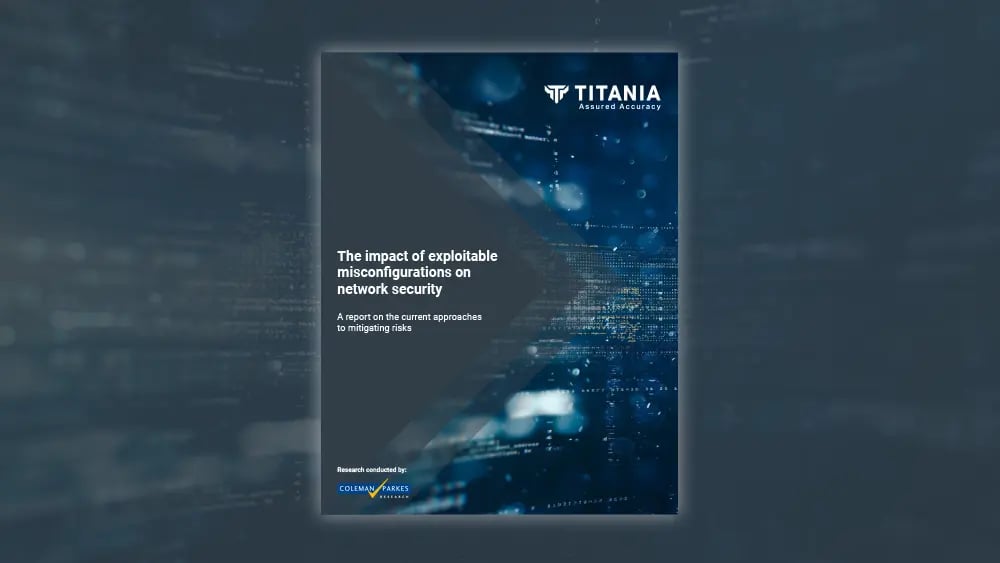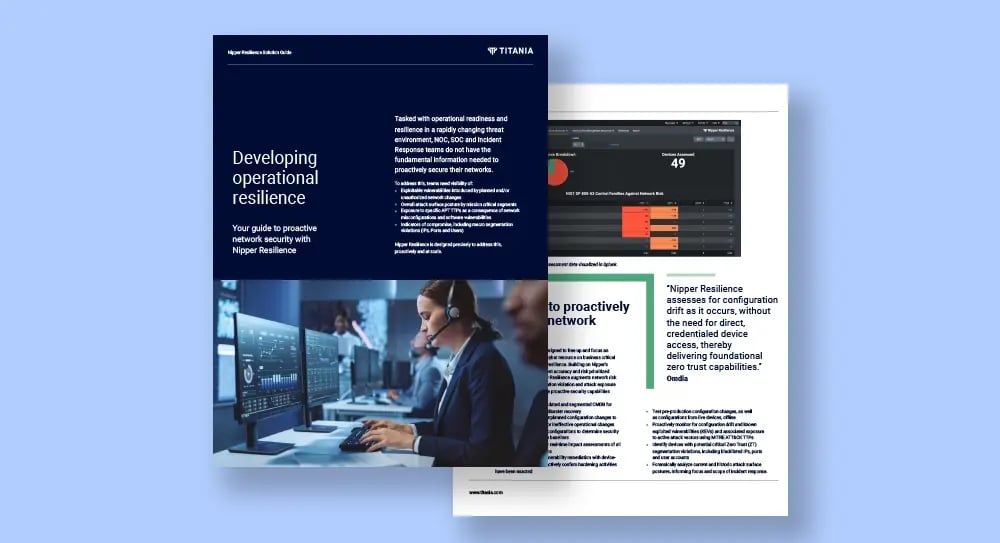Cybersecurity Software for the Education Sector
Maintaining secure and compliant networks with accurate configuration assessment across education institutions
"The absence of evidence of exploitation currently occurring does not preclude a vulnerability from being exploited in the future." CISA
Education Institutions, especially universities, have unique challenges to face when protecting their networks, requiring both an open access culture for students, staff and research but needing to secure their networks and the data that is held within them, as well as meeting different federal compliance requirements.
Managing a network in these circumstances is not a straightforward process.
With open access networks for students, staff and researchers, which may contain valuable personal and financial information, and users who are often using personal devices to access the network, it's not surprising that they are attractive to attacks from cyber criminals. With large attack surfaces to defend, it’s important for SOC and NOC teams to make sure that the configuration of networks assessed and validated regularly as is critical to protecting the confidentiality, integrity and availability (CIA) of the most sensitive data, systems, and services.
Detecting and preventing the exploitation of vulnerable misconfigurations is a top priority for Network and Security Operations teams. This is why education establishments around the world are choosing Nipper to gain visibility of their security posture and compliance status across their expanding attack surface. Nipper is a trusted component in the vulnerability management toolsets of 30+ federal agencies, helping them assess routers, switches and firewalls to detect critical misconfiguration.
The software also provides agencies with risk mitigation advice and device specific technical fixes to improve mean time to remediate. Nipper can then be used to track when vulnerabilities have been remediated, providing an up-to-date view of the security and compliance posture of the agency to ensure skilled network resources are used to best effect.
With Nipper Resilience agencies are now able to continuously assess network security on an up-to-hourly basis and have a roadmap to playbook-controlled remediation of identified misconfigurations.
Accurate, risk-based vulnerability management:
- Reduce audit times by up to 80%
- Detect all misconfigurations, even in air-gapped environments
- Prioritize security risk by criticality
- Improve MTTR with device specific remediation advice and command-line fixes
Automate RMF assurance:
- Assure compliance for CDM, DISA RMF, NIST, and CMMC
- Automate evidence-based checks with compliance reporting for:
- NIST SP 800-53
- NIST SP 800-171
- CMMC
- PCI DSS
- STIGs
Establish a defendable network:
- Accurate RMF snapshots and real-time evidence of compliance
- Continuous assessment of routers, switches and firewalls
- Daily configuration drift monitoring
- Roadmap to playbook-controlled auto-remediation
Trusted Component
Nipper is a trusted component in the vulnerability management toolsets of 30+ federal agencies, helping them assess routers, switches and firewalls to detect critical misconfigurations in their network devices.
Nipper supports automating the assessment of several compliance requirements as well, helping users save time. It automates the compliance assessment with evidence-based reporting for NIST SP 800-53 and NIST SP 800-171.
And for Universities and other establishments that have a defense contract which requires the handling of CUI or are intending to voluntarily obtain CMMC certification to verify their cybersecurity standards, Nipper helps demonstrate compliance with CMMC network security practices.

Ready for next-gen, real-time Network Exposure risk management
at scale?
Need accurate, on-demand Device Vulnerability Assessments for routers, switches and firewalls?
Explore Related Resources

The financial impact of exploitable misconfigurations on network security
Find out why there is a disconnect between network security perception and the costly reality, and just how much firewalls are prioritized over switches and routers.

Nipper Resilience solution guide: Proactive Network Security
Developing operational readiness and resilience in a rapidly changing threat environment - Your guide to proactive network security with Nipper Resilience.

Emerging best practice in the use of proactive security solutions
Research, carried out by Omdia, reveals more than 70% of organizations have increased spending on Proactive Security solutions to improve the attack surface



